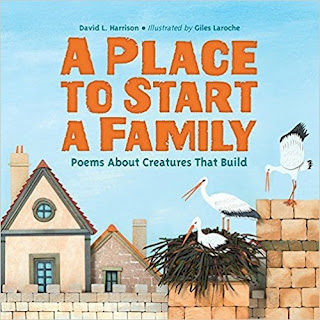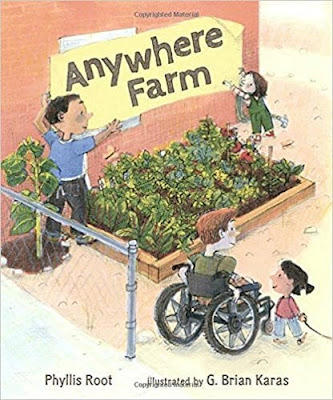Tina Cho and Leslie Tribble are teaming up on this post to show writers why they should be on social media.
From Tina:
Social media can benefit writers in wonderful ways if used responsibly! I’m on Facebook, Twitter, and Instagram. Twitter, especially, in its concise tweets has brought me lots of goodies. Here are my reasons why you should be on social media too.
You might find an agent.
I found my agent through Twitter. I was following another agent from Martin Literary who tweeted about a new agent. Bingo! I submitted to her, and we’ve sold five books since 2016.
Adria Goetz is the best!
You might find story ideas.
Someone tweeted about haenyeo (South Korea’s diving women). I looked them up and knew I must write about them. The Ocean Calls: A Haenyeo Mermaid Story published in August 2020 from Kokila, an imprint of Penguin Random and received 4 stars and lots of other accolades. See my website for details.
It all started with a Tweet, dear readers!! Because Twitter friends share book covers and book reviews, someone who works for a media company just happened to see the book cover of The Ocean Calls, told her company about it, who got a hold of my agency, who bought the rights to make it an animated special. So keep sharing those book covers & reviews!
Because of my books and presence on social media, especially Twitter, the famous Newbery author, Linda Sue Park EMAILED me to be a part of her #kibooka team of Korean-American & diaspora writers. See https://kibooka.com/
One early morning as I was getting ready for school, Penguin Random House tagged me on Instagram. Pottery Barn Kids is selling my book along with other wonderful picture books on equity and inclusion. I was floored! And last weekend I did a video for them!
You will meet wonderful people.
I have met so many wonderful people on social media--authors, illustrators, editors, agents, parents, teachers, etc… All these connections are integral in helping you become a great writer and person.
Librarians and book reviewers will want to tag you.
Each week I’m usually tagged by librarians or book reviewers or parents or readers who enjoyed my books. I’m humbled and enjoy meeting people around the globe.
Your publisher will want to tag you.
If your publisher is marketing your book, they will tag you.
From Leslie:
My social media platforms are Facebook and Instagram. Instagram is my favorite form of social media, and I’ve been posting my nature photos there since 2013 - that is hard to believe!
For me, social media is a way to connect with other like-minded folks. I follow authors, both adult and kid-lit but I also follow a lot of landscape and wildlife photographers who inspire me with their work. Seeing the beauty of their art makes me work harder at my own photography. I don’t have a huge following, but I’ve really enjoyed the connections I’ve made with some of these virtual friends and have even met a few in real life.
It was the suggestion of some of my social media followers that prompted me to create a calendar. I have zero photo editing skills and didn’t know how to create a calendar at all, but I buckled down and finally produced something I was very proud of last year. It was a huge learning curve, but gratifying in many ways, and I’m already working on a new calendar for 2022.
My SM platforms have also been a convenient way to promote my self-published outdoor recreation guide. With one quick picture and a few words, I can tell people about my book and have even have others expand my reach when they repost my photo. Free and instantaneous marketing! In fact, now that spring is slowly making its way to northwest Wyoming, I’ll be posting a photo of my book soon, reaching even more folks than last year.
Social media can be a huge consumer of your valuable time, but it can also bring personal friendship, engagement, creative inspiration, career success and overall enjoyment. It’s a good way to get your name out there in whatever field you’re interested in.
Let us know what successes have come your way through social media!
website: https://www.tinamcho.com/
Twitter: @TinaMCho
Instagram: @Tinamcho
Facebook: TinaWheatcraftCho




































